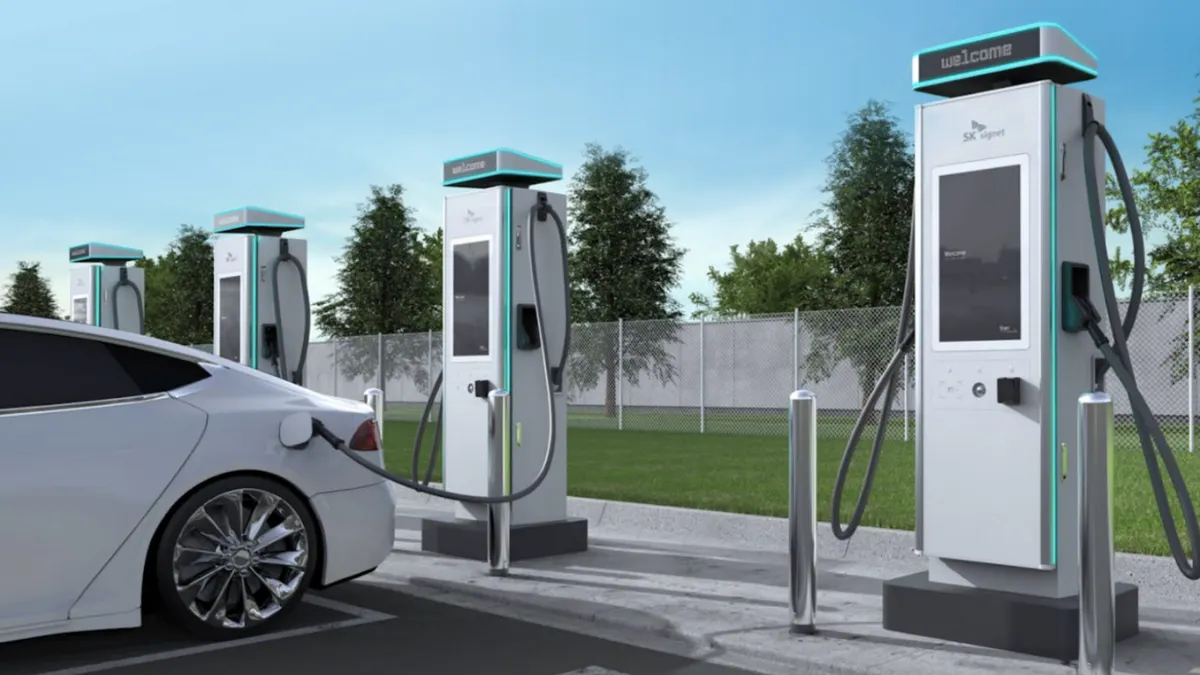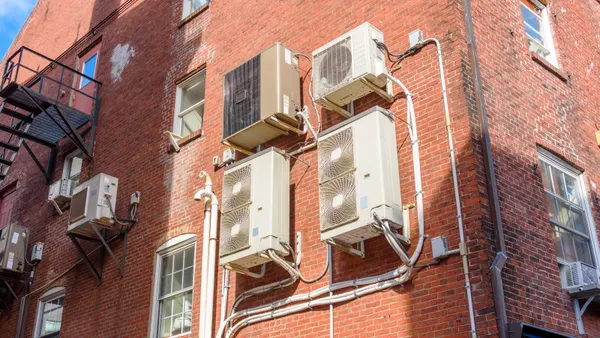Chris Kaiser is vice president of business operations for Sona Energy.
As America’s electric vehicle charging marketplace struggles to get off the ground, it is worth considering strategic programs that will be profitable for investors. Entrepreneurs in the clean energy space like me can’t afford to lose money, even if our products or services are better for the environment. We need to know that the marketplace can sustain our investment. The potential for long-term profitability is key.
Up to this point, many of the efforts to encourage investment in EV charging stations have focused on reducing the upfront costs of installing chargers. The National Electric Vehicle Infrastructure program, along with various tax rebates and subsidies, provide businesses with major discounts on the startup capital costs.
While these programs can help businesses get a foot in the door, the long-term problem facing the EV charging industry is figuring out how to make chargers profitable once they are installed.
The single biggest factor impacting EV charging profitability is the “demand charge” levied by the electric company and set by the regulators who oversee your utility, at times in response to legislative mandate.
Residential customers may not be familiar with these fees, but a demand charge is usually a per-kilowatt charge based on the peak amount of electricity that a commercial entity pulls during a billing cycle.
Unfortunately, running an EV charging business in 2024 can be a perfect recipe for sky-high demand charges, without the reassurance that charging revenue will cover those costs.
As any EV charging operator could tell you, we are at an awkward point in EV adoption. High-powered EV chargers keep getting faster and can now deliver hundreds of kilowatts of power at once. This is good for the EV driving experience, making a charge up far faster than it was even just a few years ago. But many charging providers may not get enough customers to make the accompanying demand charge worth it.
Without diving too deep into the math, a typical demand charge could be $7 per kilowatt for the peak usage. A standard high-speed charger has four ports, each capable of delivering 150 kilowatts of power at once. If four drivers plugged in at the same time, that charger would be delivering 600 kilowatts of power, likely setting the peak usage for the month and triggering a $4,200 demand charge.
No matter how much of a discount a business gets on installing an EV charger, very few will enter this marketplace if simply selling the product leads to thousands of dollars in charges that aren’t made up for with revenue. That is why policy makers and public utility commissions must get creative.
Fortunately, some states are getting creative. In Massachusetts, lawmakers passed legislation in 2021 that required utilities to develop rate structures that ensured they still got paid but did not include prohibitive demand charges. Since then, utilities have unveiled programs that incrementally suspend demand charges for EV charging providers for the first few years a charger is operational, giving the retailer time to attract enough customers to eventually be able to afford the full demand charge.
This type of innovative solution will lure private investment to EV charging in Massachusetts, increasing the odds that more drivers will switch to an EV, and will ultimately help the state be less reliant on fossil fuels.
Other states have also acknowledged that demand charges can be unpredictable, with the peak load sometimes coming at the costliest time to purchase electricity, and other times during less expensive hours. To mitigate this, utilities are offering deals where charging providers may pay slightly higher volumetric rates, but do not incur the massive demand charge fee, making it possible for business owners to know how much the electricity they are purchasing actually costs.
Massachusetts lawmakers should be applauded for pursuing creative solutions to demand charges in 2021, and we would encourage other policymakers to follow their lead, if they are serious about long-term EV adoption.














